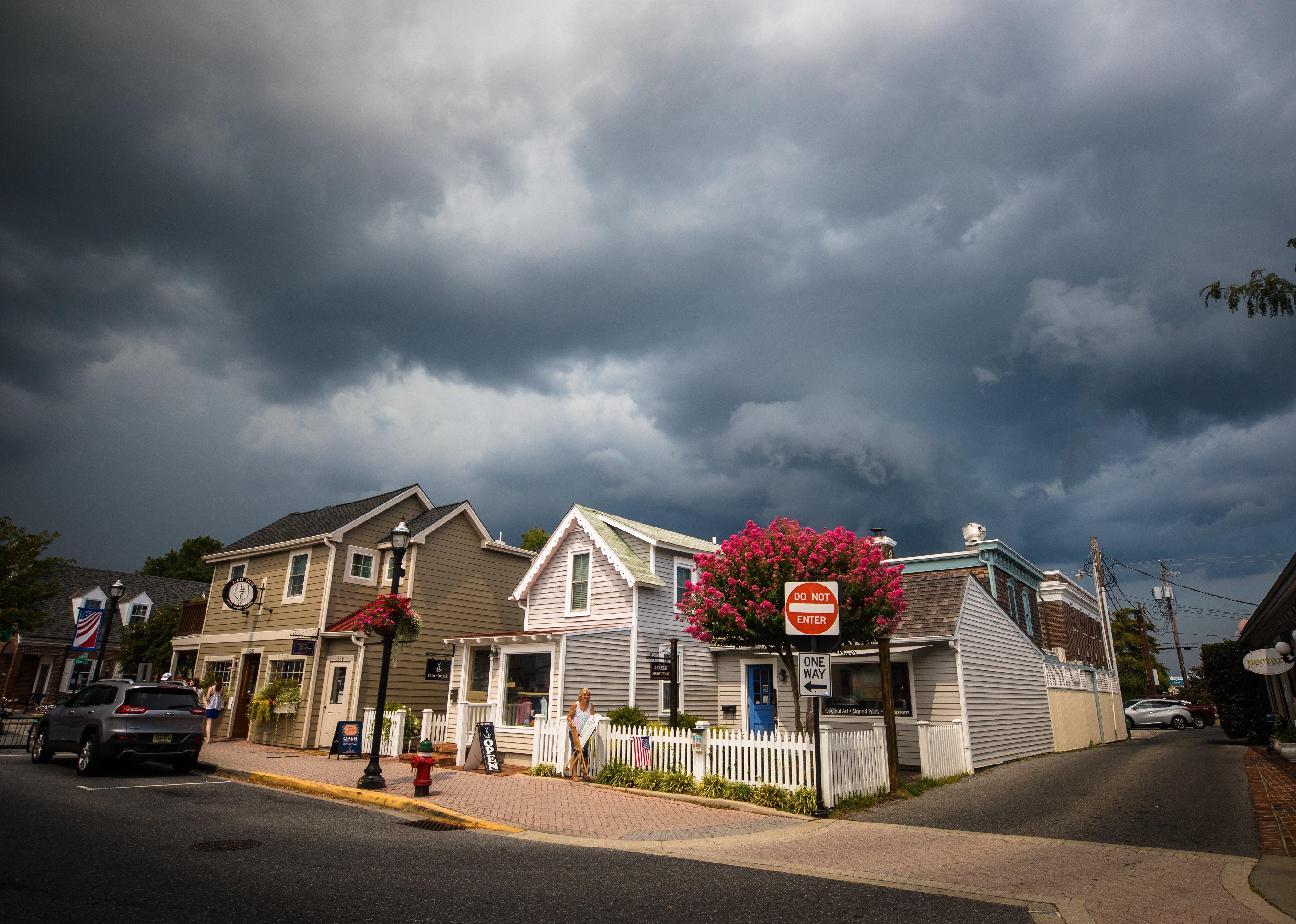
Spilling sewage: How climate change has affected Delaware
Spilling sewage: How climate change has affected Delaware
The latest United Nations Intergovernmental Panel on Climate Change (IPCC) report is yet another reminder of the dire effects of climate change. While climate projections often look to the future when discussing the worst impacts of climate change, we are in fact already experiencing its effects across the United States. To better understand how climate change is impacting the country, Stacker compiled a list of the impacts of climate change in every state, using local and national news stories, government reports, and scientific journal articles.
While these impacts are weather-related—for example, heat waves, droughts, or storms—individual weather events cannot be attributed to climate change on their own. Rather, it is when these events are seen within larger trends that they can be understood as part of a pattern that has come out of the changing climate.
Keep reading to learn about how your state has been impacted by climate change, or read the national story here.
Delaware: Spilling sewage
Due to climate change, Delaware has experienced increasingly heavy rainfall, which leads to inland flooding and, during some of the worst storms, sewage overflow. During Hurricane Sandy in 2012, 3.1 million gallons of sewage spilled in Delaware. However, the state is taking climate change seriously and recently passed three new environmental bills to curb carbon emissions, expand renewable energy use, and protect its ecosystems from plastic waste.
Across the country, there are trends of rising temperatures, storms of increasing frequency and severity, and more erratic precipitation patterns, causing disruptions to the food systems and sometimes even resulting in death. While the U.S. government has set a target to reduce greenhouse gas emissions by at least 50% by 2030, it is clear that the climate emergency is already taking place, and along with emissions reductions, mitigation of the impacts of climate change must be prioritized as well.
Read below to see how other states in your region have been affected by climate change.
Maryland: Severe weather in the Chesapeake Bay
Maryland's Chesapeake Bay has been impacted by the increase of severe storms caused by climate change. Both 2018 and 2019 saw record rainfall in the region, which increased sewage overflows, flooding, and water pollution. These storms also cause runoff of nitrogen, phosphorus, and sediment into the bay, which leads to more algae blooms and dead zones. Maryland Gov. Larry Hogan has taken the issue seriously and submitted a memorandum to the state's legislative leaders in October 2021 that laid out four key principles to steer climate and environmental actions in the state, including expanding land conservation and preservation and transitioning to a cleaner economy.
New Jersey: More disease-transmitting insects
Temperatures in New Jersey are rising faster than the national average, and its warmest 10 years since 1895 have all come after 1990. This has many impacts on the state, including an increase in insects. Because warmer temperatures and moist climates lead to more mosquitos, New Jersey saw a record number of West Nile cases in 2018, including three deaths, and in 2019, the state had the earliest ever reported case when a man was diagnosed on June 21.



